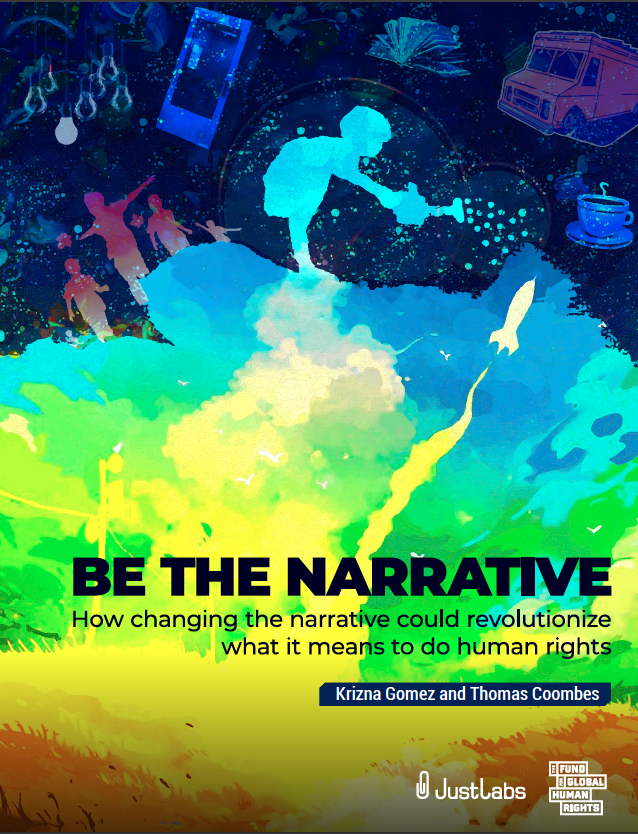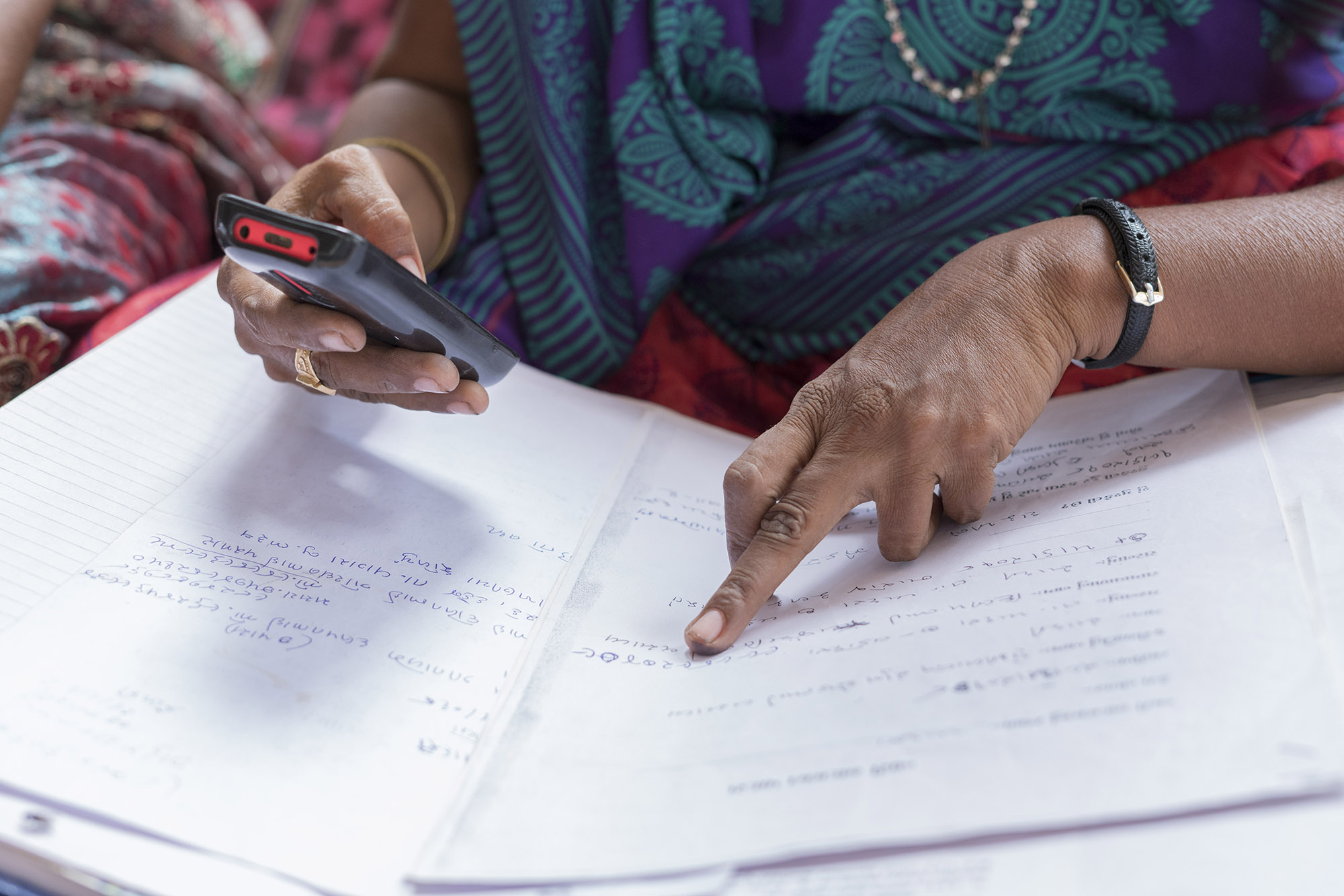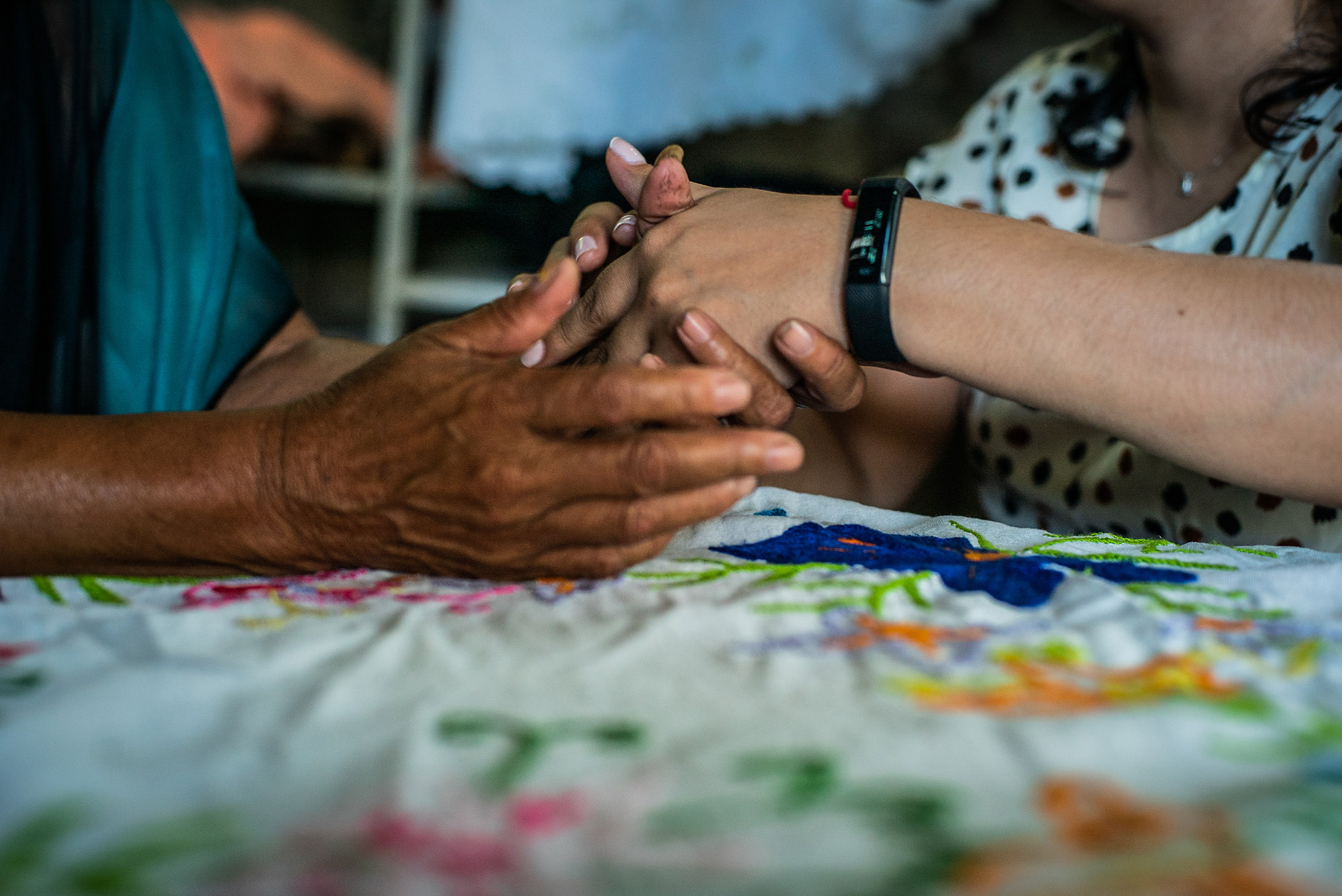This article was published more than 5 years ago.
Since the 2008 global recession, public discontent over increasing inequality has reached fever pitch. Unsure of how global capitalism or international politics impact their day-to-day lives, many people feel a sense of danger or loss and a lack of control, with no clear understanding of causes or access to solutions.
In this context of unease about globalization, right-wing populists have swooped in with narratives that tap our most primal survival responses—fear and anger. To them, there’s always a pending crisis with, somehow, a simple solution: a wall, a ban, imprisonment. Populists frame rights as reserved for “elites” and “others,” and defenders as enablers of privilege. The human rights movement has been outfoxed on the narrative front.

In Be The Narrative, a 2019 report from the Fund for Global Human Rights and JustLabs, “understand your audience” emerged as a foundational recommendation for shifting the human rights narrative and effecting real change. For everyone in the human rights community, from activists to donors, that means rethinking what it means to do and support human rights work. The urgent need to invest in audience research underscores a necessary paradigm shift in how human rights defenders tackle narrative change.
At New Media Advocacy Project (NMAP), that learning hit home for us—we’ve also been working on how to outfox the populists. To add to this conversation about how human rights defenders can start to shift the narrative in their favor, we want to share some insights from our research and work.
After six years of video storytelling projects at NMAP, we wanted to know which projects had moved the needle on human rights issues—and why. We found that the most successful projects all shared a few traits:
- their approach to storytelling was tailored to specific audiences;
- their distribution approaches were surprising, innovative (distribution centering Imams and rural pop-up screenings, day-long arts festivals, etc.) and tailored to specific audiences; and
- each story in a campaign reinforced a narrative that was informed by the target audience’s beliefs and values.
Our findings echoed Be the Narrative: understanding your audience is the key to winning hearts and minds.

While it may seem obvious, understanding a target audience is easier said than done. Like most human rights nonprofits, NMAP struggled to find funding for dedicated audience research. And as a small organization, we didn’t have any social scientists, psychologists, or market researchers on staff. Hamstrung by our nonprofit budget, we needed a way to dig into market research for a new, challenging project in West Virginia.
Last year, NMAP began working in collaboration with the Ohio Valley Environmental Coalition to fight the Appalachian Storage Hub (ASH), a 400-mile petrochemical project in West Virginia. ASH would devastate the region environmentally, but its backers are guaranteeing jobs and claiming that ASH will restore the region as a national energy producer—two especially compelling narratives for Appalachian audiences. Understanding that audience better was critical to building a campaign narrative that could compete with the promise of jobs and regional dignity.
In the spring of 2019, we began recruiting our dream squad from groups that possessed deep regional knowledge and are known for freely sharing insights—social science and public health researchers focusing on hope, resilience, and fatalism from Appalachian academic institutions, a boutique market research firm with nonprofit-friendly pricing, and groups working in close collaboration with communities around holistic wellness and future visioning.
With support from the 11th Hour Project, we engaged in six months of audience research to inform a multiyear narrative change campaign in West Virginia. NMAP spoke with Appalachian researchers from fields including public health, social psychology, and youth development to better understand the values and belief systems at play—like self-sufficiency, family, and community interdependence.
We also conducted an analysis of dominant ASH narratives from the press, environmental advocates, politicians, and industry. Finally, we partnered with Spear Strategies, a market research company, and traveled to West Virginia to listen to our audience directly: we held two focus groups and conducted one-on-one interviews with over a dozen people.
We wanted to understand Appalachian identity and what prosperity looks like to people in that region, as well as better appreciate their relationship to people, place, and work. Among many critical lessons, we learned that people value family and community above all else; feel trapped by corruption and corporate greed; and believe jobs help preserve kinship, community, and dignity. We also discovered that when communities lead change efforts, those efforts soar.

Without our squad to inform and conduct this crucial audience research, our narrative change efforts would have been grounded in little more than guesstimating. Their insights transformed the possibilities for counternarratives.
We’re now exploring how to work with communities to co-create a storytelling campaign that centers a hope-based narrative. Lifting up the region’s proud and rich history of dance, music, poetry, art, and oral storytelling traditions, the campaign will be grounded in common values of abundance, kinship, interdependence, and Appalachian resourcefulness.
As narrative change becomes paramount in human rights work, we hope that more funders will realize the value of audience research. Having a funding partner—like the 11th Hour Project, which invested in dedicated audience research—is critical for building an audience-informed narrative strategy. Narrative change efforts are multi-phase processes that can’t easily be broken up into neat annual timelines. That means funders need to think outside the box and offer more multiyear or off-cycle grants to support these projects from research to narrative creation and creative concepting to storytelling implementation—easily a two- to three-year process depending on the scope of the work.
These are major changes to the traditional funding model, but the cost benefit would be worth it. After all, right-wing populist movements have spent incredible sums to alter the way people think and feel about human rights using falsehoods and fear-mongering—why shouldn’t the human rights movement invest as much in community-first, hope-based narratives?
Michael Braithwaite works with New Media Advocacy Project as the director of narrative strategy. She has a 15-year background in visual and cultural criticism, strategic communications, and event curation. Michael leverages her passion for cognitive science, narrative framing, and her interest in disinformation tactics to make progress on social problems using new narratives and unconventional storytelling approaches.